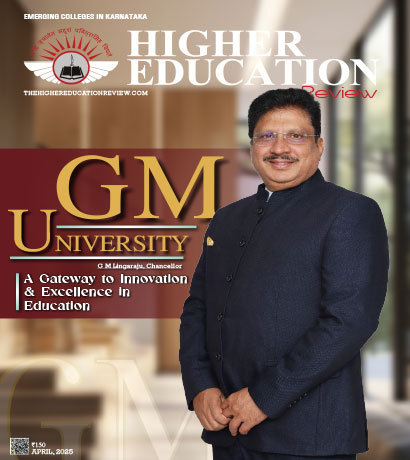MMRFIC Technology & IIT-M Partner to Develop RISC-V Secure SoC for India
 MMRFIC Technology, the associate company of Sansera Engineering, has gone a long way towards making India's semiconductor infrastructure more robust with a strategic partnership with the Indian Institute of Technology Madras (IITM). The strategic collaboration was done with the signing of a Memorandum of Understanding (MoU) for developing a RISC-V based Secure System on Chip (SoC) as a strategic initiative by the Government of India.
MMRFIC Technology, the associate company of Sansera Engineering, has gone a long way towards making India's semiconductor infrastructure more robust with a strategic partnership with the Indian Institute of Technology Madras (IITM). The strategic collaboration was done with the signing of a Memorandum of Understanding (MoU) for developing a RISC-V based Secure System on Chip (SoC) as a strategic initiative by the Government of India.
RISC-V, (read as risk-five), is an open-standard Instruction Set Architecture (ISA) that is leading a new wave of processor innovation through collaborative open standard development. The SHAKTI project, led by the RISE group at IIT Madras, aims to design high-quality, production-grade processors, full SoC solutions, development boards, and SHAKTI-based software platforms. Under this five-year partnership, IITM and MMRFIC will utilize each other's engineering skills, human resources, and Electronic Design Automation (EDA) tools to effectively implement this ambitious project.
MMRFIC contributes a wealth of capabilities and expertise to this project and will be handling several key development aspects. The company will be responsible for developing and testing the Secure SoC using the software and hardware modules supplied by IITM and MMRFIC, while also incorporating its own indigenous designed cryptographic accelerators. MMRFIC will also manage the project timeline and schedule and ensure efficient use of resources, including human resources, hardware resources, and software resources.
Another key task of MMRFIC will be to integrate different hardware and software blocks, the software toolchain, scripts, technical specifications, and validation outcomes for the Secure SoC to be able to operate seamlessly. This synergy of academic and industry capabilities is likely to make a very significant contribution towards India's independence in semiconductor technology while driving development in secure and indigenous computing technologies.

